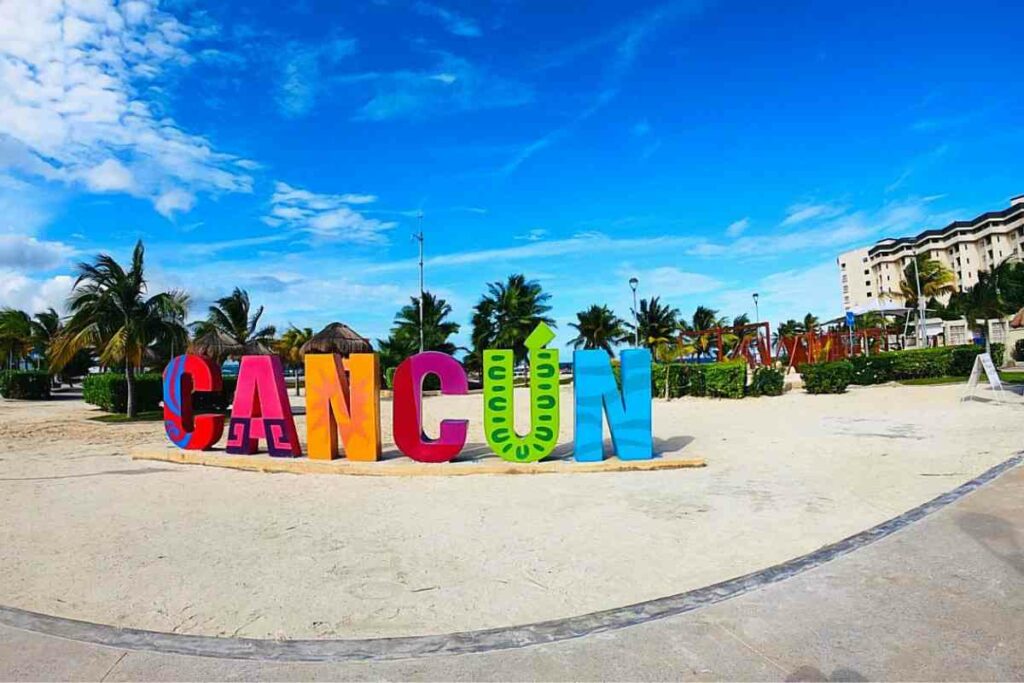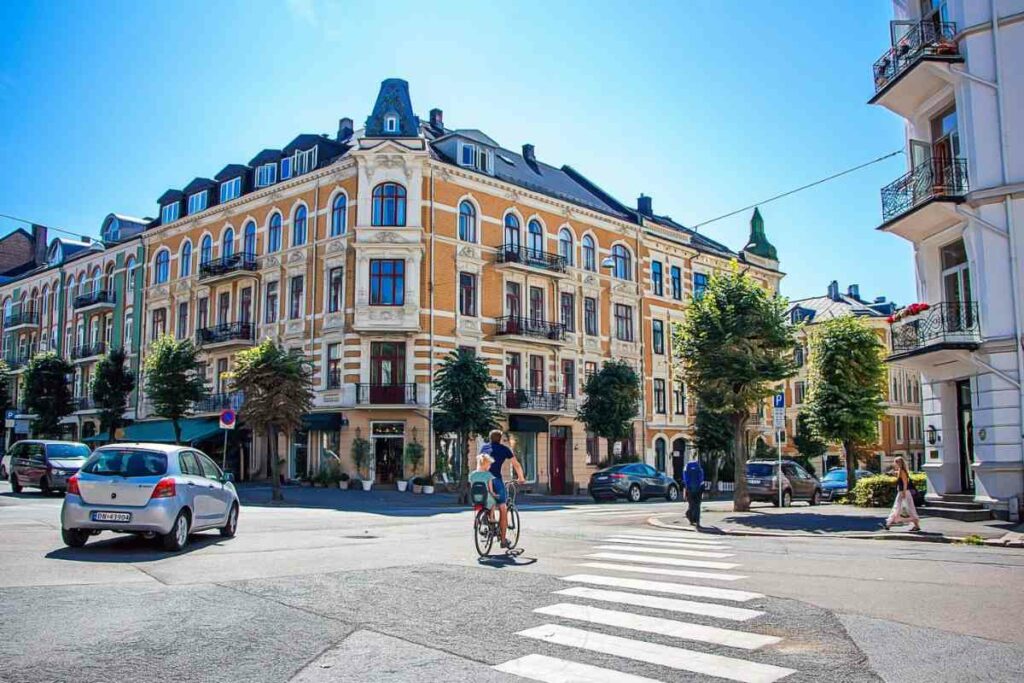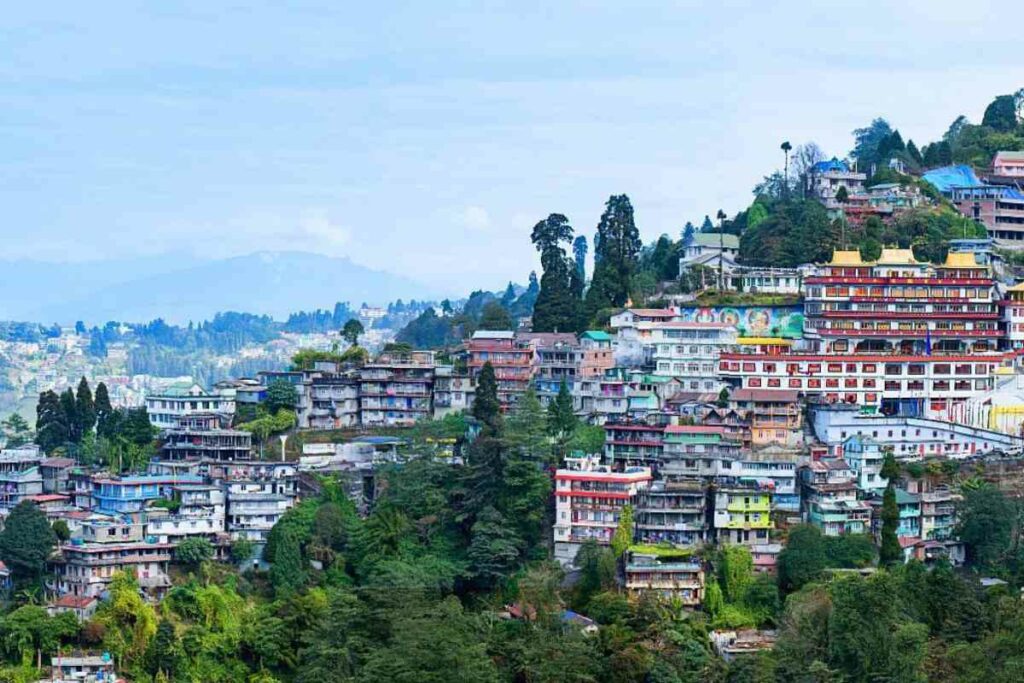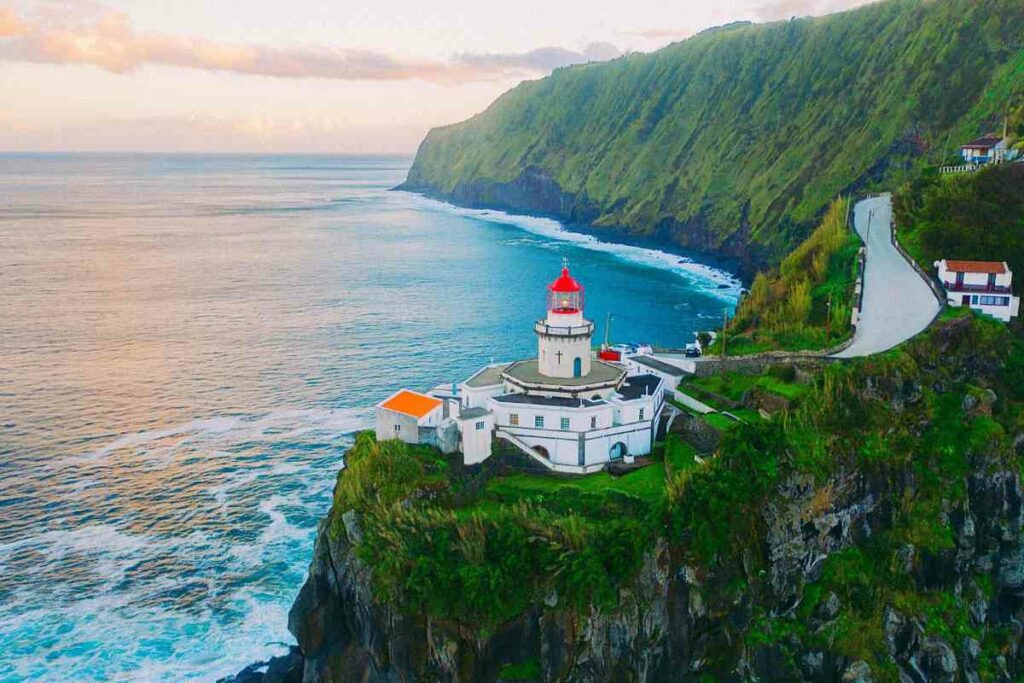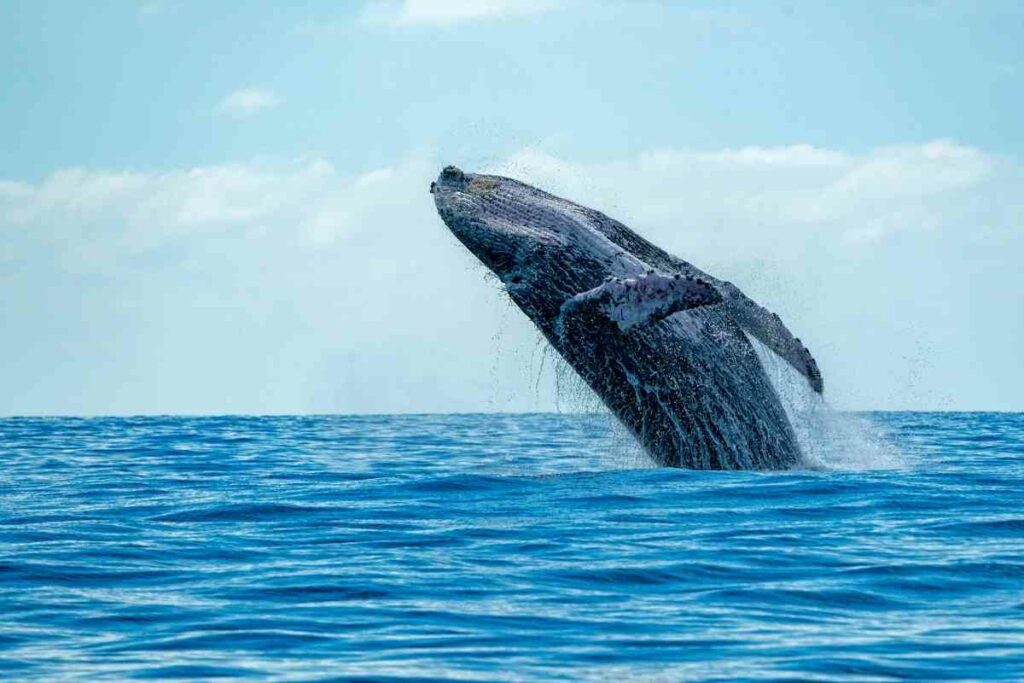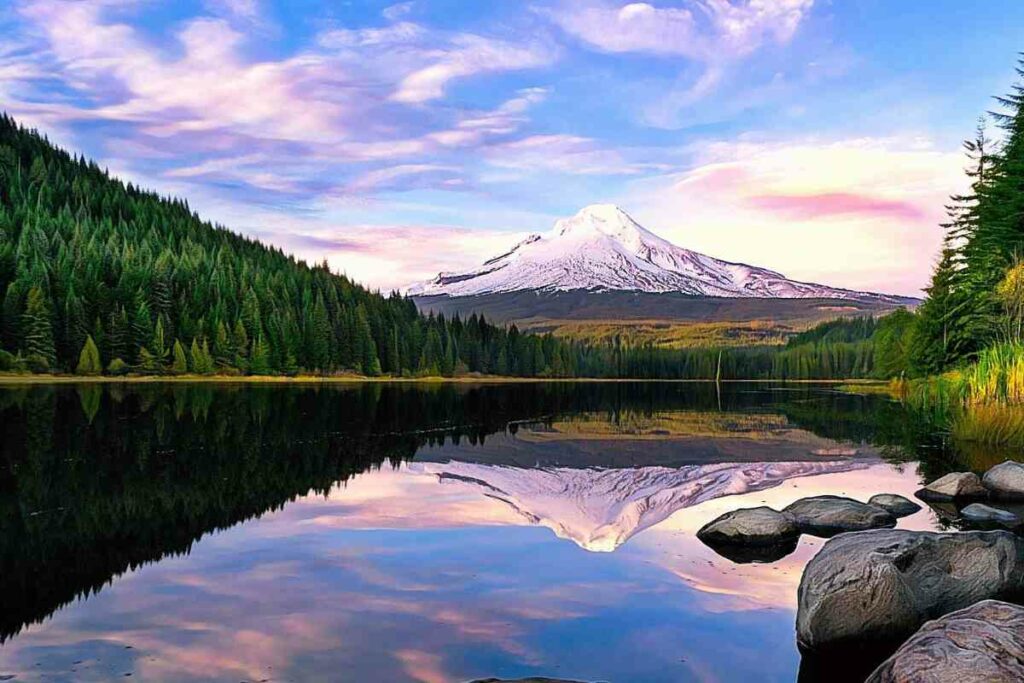Death Valley is one of the hottest places on Earth with temperatures often exceeding 120 degrees Fahrenheit (49 Celsius).
But it is also a place that hosts some of the most captivating natural sites on the planet. You just have to know the best time to visit Death Valley.
When Is the Best Time to Visit Death Valley?
The best time to visit Death Valley is March and April because the temperatures range from 82 to 90° Fahrenheit, which is considered low for a desert.
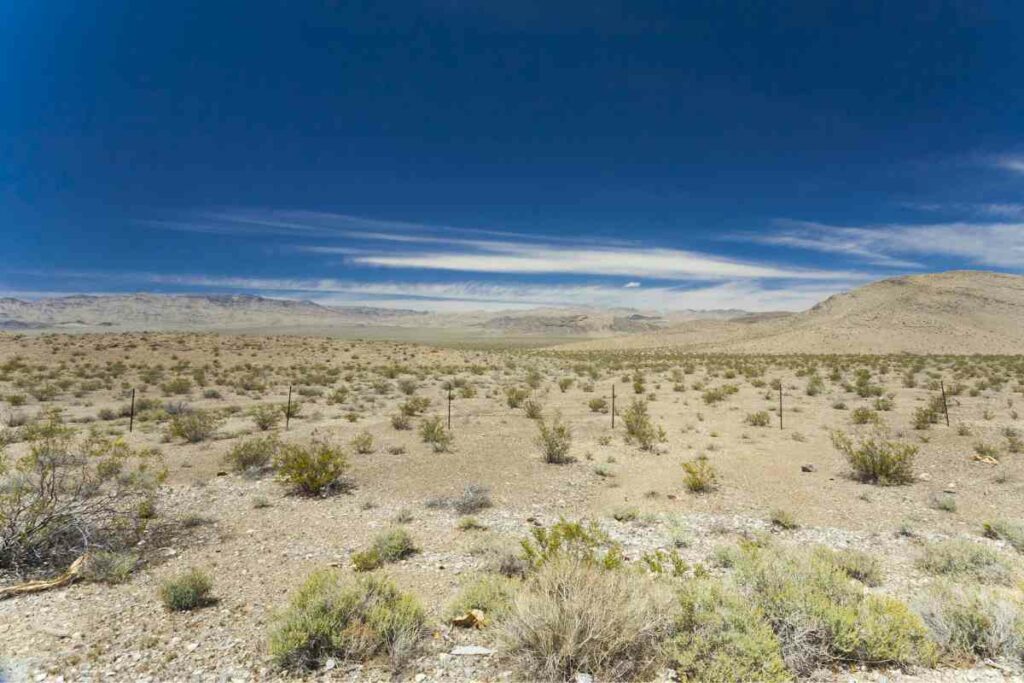
During these months, the skies are clear, and the wildflowers are blooming.
March and April are very popular months to visit Death Valley.
Prices are known to go up during this period because most people choose these two months to visit Death Valley.
Since it gets very busy during this period, make sure to head over to Booking.com and book in advance.
March and April in Death Valley can be an exciting time of year, filled with outdoor adventure.
The days are becoming increasingly warmer and the nights cooler.
With average daytime temperatures hovering around 70°F (21°C) and nighttime temperatures dropping to 41–50°F (5–10°C), it’s the perfect time of year to safely explore the area.
You can take in the magnificent beauty of Death Valley National Park, where you can expect to see:
- wildflowers blooming
- soaring mountains
- and vibrant desert landscapes
Take a hike on one of the trails or take a backcountry drive for stunning views.
Other activities include horseback riding along canyon walls, photography, camping, bird watching, and more.
You can also take a dip in the hot springs of Furnace Creek Resort and soak up the spring sunshine.
Death Valley Temperatures by Month
| Location | Month | High F | Low F |
| Death Valley | January | 68 | 41 |
| Death Valley | February | 75 | 48 |
| Death Valley | March | 84 | 57 |
| Death Valley | April | 93 | 65 |
| Death Valley | May | 99 | 73 |
| Death Valley | June | 113 | 85 |
| Death Valley | July | 118 | 91 |
| Death Valley | August | 116 | 89 |
| Death Valley | September | 108 | 79 |
| Death Valley | October | 93 | 64 |
| Death Valley | November | 78 | 49 |
| Death Valley | December | 66 | 41 |
What Can People Do at Death Valley?
Death Valley is a fascinating and unique destination to explore.
Located in California’s Mojave Desert, this national park offers visitors the opportunity to experience an otherworldly landscape of harsh beauty.
Sightseeing
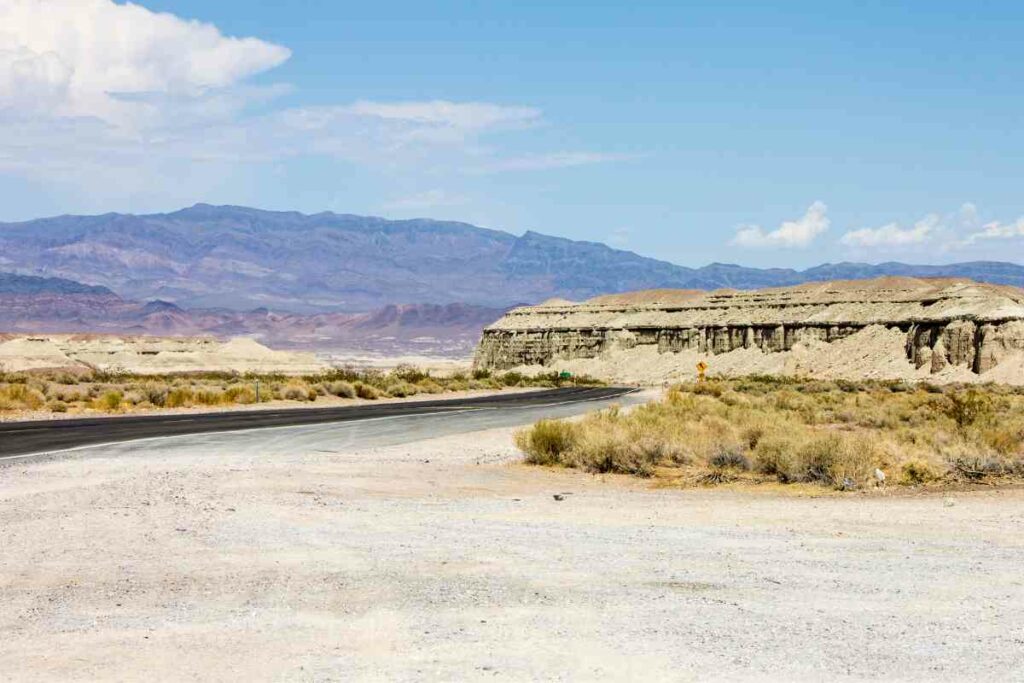
Death Valley sits within 3.4 million acres, of course, there are a lot of things to see.
From its lowest point of 282 feet below sea level to its highest peak at 11,049 feet above sea level, the park offers some of the most breathtaking views in the United States.
Things to see in Death Valley:
- Artists Palette
- Zabriskie Point
- Badwater Basin
- Harmony Borax Works
- Dante’s View
- Mesquite Flat Sand Dunes
- Rainbow Canyon
- Ubehebe Crater
- Wildrose Charcoal Kilns
Hiking
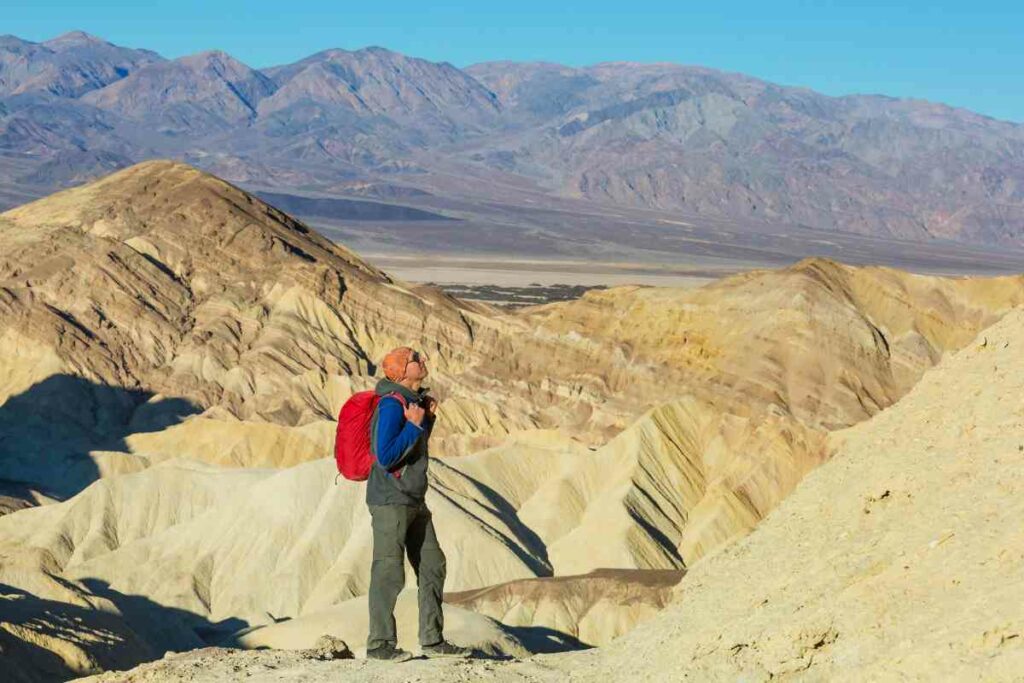
With its unique combination of bright sunshine, dramatic terrain, and plentiful wildlife, Death Valley is perfect for an unforgettable hiking adventure.
From short day hikes to multi-day backpacking trips, there are trails of varying difficulty that offer stunning desert scenery and the chance to spot some of the local wildlife.
Here are some of the most famous hiking trails in Death Valley:
- Harmony Borax Works (0.4 miles)
- Salt Creek Interpretive Trail (0.5 miles)
- Badwater Salt Flat (1 mile)
- Ubehebe Crater Loop (1.5 miles)
- Badlands Loop (2.7 miles)
- Willow Canyon (4.2 miles)
- Dante’s Ridge (8 miles)
- Corkscrew Peak (9 miles)
- Wildrose Peak (8.4 miles)
- Telescope Peak (14 miles)
Camping
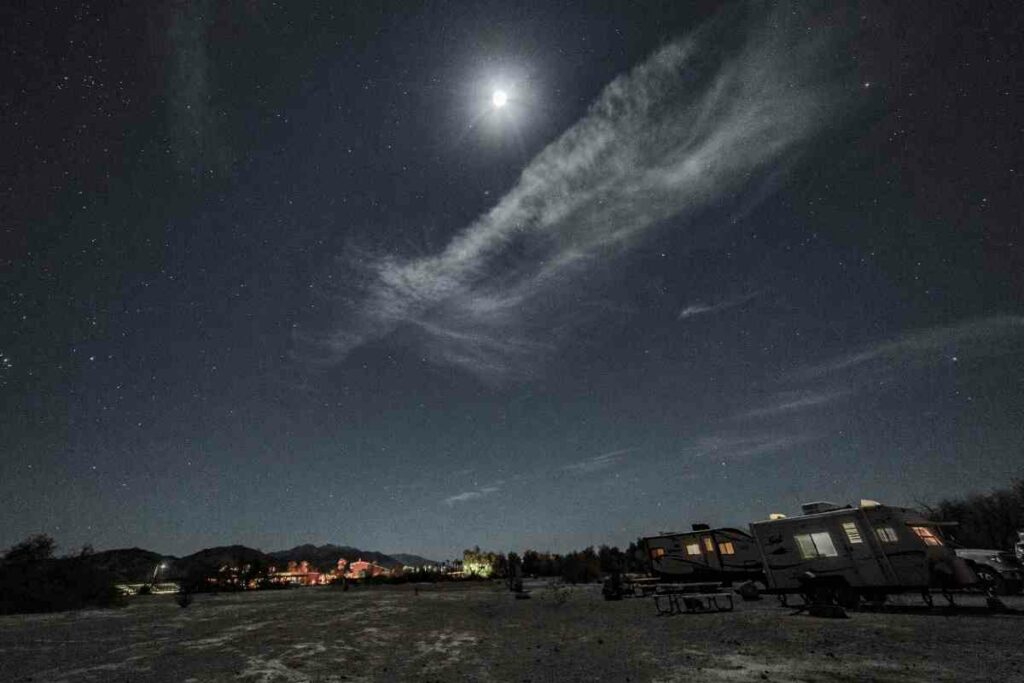
From rugged mountain views to majestic sand dunes, camping in Death Valley offers a unique adventure and an unforgettable escape from everyday life.
Basically, there are three types of campgrounds in Death Valley:
- Developed campgrounds
- Primitive campgrounds
- Private campgrounds
1. Developed Campgrounds
The developed campgrounds are accessible via paved roads. There is water, toilets, and trash removal available.
Here is a list of the developed campgrounds:
- Furnace Creek Campground
- Texas Springs Campground
- Sunset Campground
- Stovepipe Wells Campground
- Emigrant Campground
- Wildrose Campground
- Mesquite Spring campground
2. Primitive Campgrounds
Primitive campgrounds are accessible only by 4×4 vehicles.
There is no water provided, and no other camper services are available, other than toilets and trash/recycling collection.
Here is a list of the primitive campgrounds:
- Thorndike Campground
- Mahogany Flat Campground
- Eureka Dunes Campground
- Homestake Campground
- Saline Valley Campground
3. Private Campgrounds
The privately operated require reservations and are known to be hard to get in.
Here is a list of the private campgrounds:
- Stovepipe Wells RV Park
- The Ranch at Death Valley
- Panamint Springs Resort
Backcountry Driving
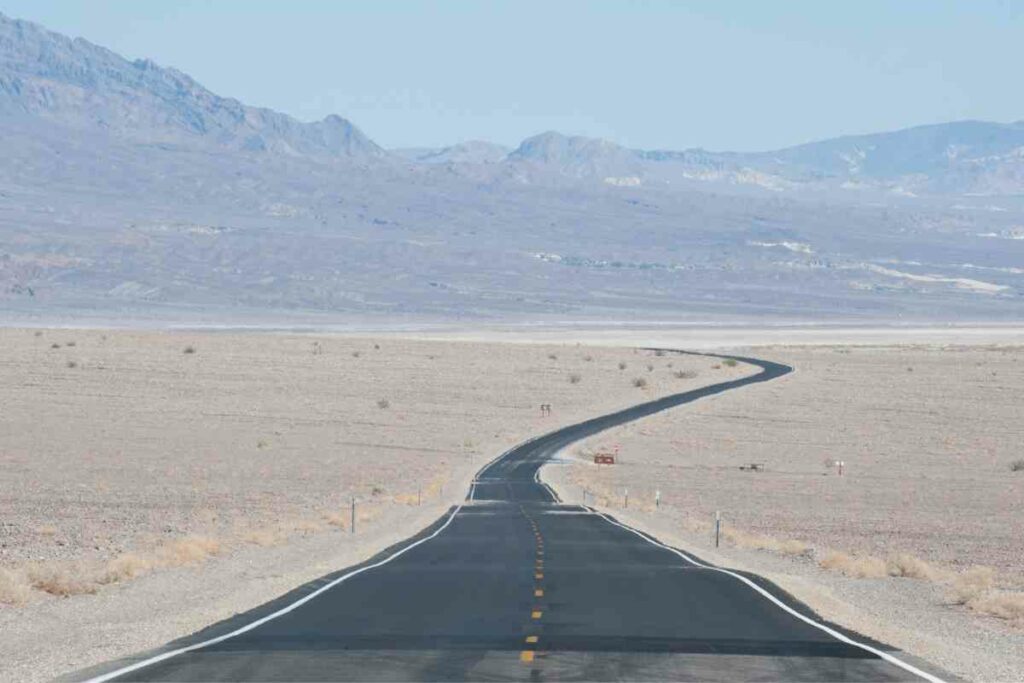
Death Valley is a unique and beautiful destination for those who are looking for an off-road adventure.
Traveling through the backcountry of Death Valley National Park can be both exciting and rewarding, giving visitors the chance to experience some of the most rugged and stunning terrains in the United States.
From rugged mountains to barren salt flats, Death Valley is full of surprises.
Backcountry driving can be a thrilling experience, but it also requires caution and preparation.
Drivers should research their route before heading out as well as make sure they have all the necessary supplies to last them through the drive.
Backpacking
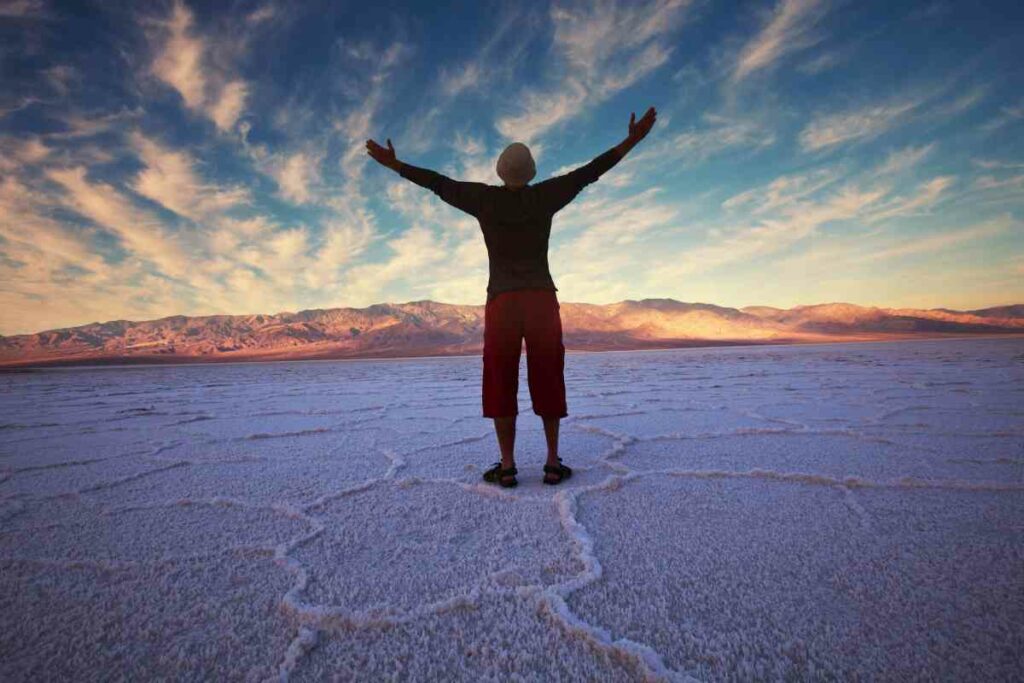
Although challenging, backpacking in Death Valley offers a one-of-a-kind experience.
There are a couple of established trails in the park, but hikers can also explore the abandoned dirt roads.
Some of the best trails for backpacking include:
- Bighorn Gorge
- Cottonwood-Marble Canyon Loop
- Fall Canyon
- Hanaupah Canyon
- Hungry Bill’s Ranch
- Indian Pass
- Owlshead Mountains
- Panamint Dunes
- Surprise Canyon
- Telescope Peak
- Titanothere Canyon
Road and Mountain Biking
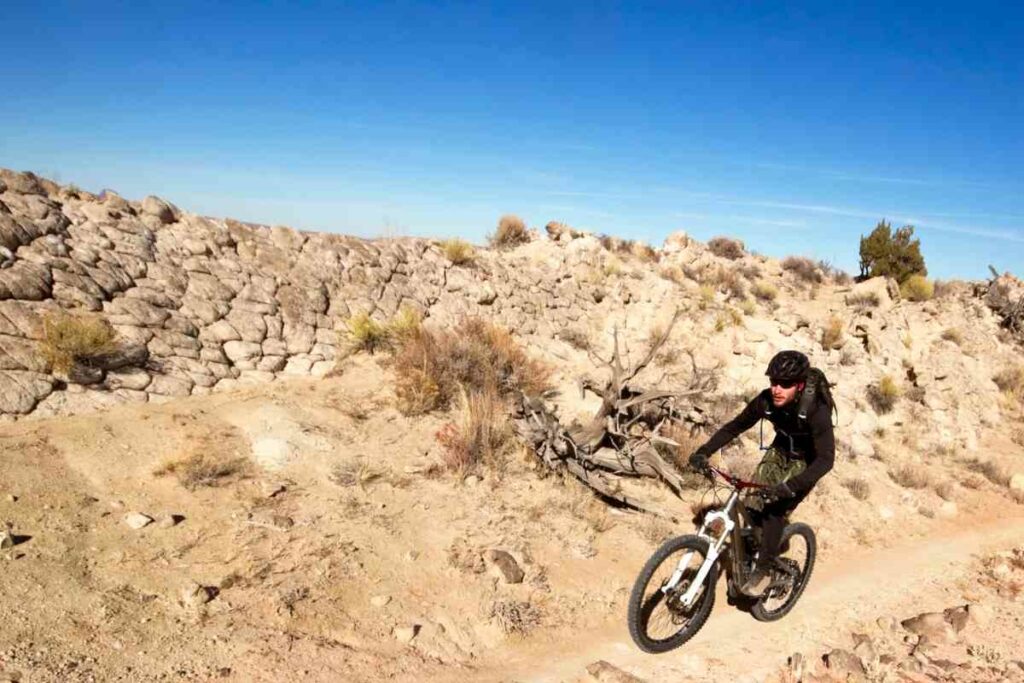
For road cyclists, Death Valley provides miles of flat roads that can be used to connect different areas in the park or simply take in stunning vistas.
For mountain bikers, Death Valley is filled with technical single-track trails that weave through canyons, deserts, and sand dunes.
What to Expect? These challenging trails will test even the most experienced riders and provide an unforgettable experience every time.
Here are some of the best biking routes in Death Valley:
- Bicycle Path (1 mile)
- Salt Creek Road (1.2 miles)
- 20-Mule Team Canyon Road (3 miles)
- Hole-In-The-Wall Road (4 miles)
- Skidoo Road (7 miles)
- Aguereberry Point Road (6 miles)
- Lake Hill Road (5 miles)
- Artist’s Drive (9 miles)
- West Side Road (40 miles)
- Trail Canyon Road (8 miles)
- Greenwater Valley Road (30 miles)
- Titus Canyon Road (28 miles)
- Cottonwood Canyon Road (18 miles)
- Racetrack Road (27 miles)
- Hidden Valley Road (10 miles)
Night Exploration
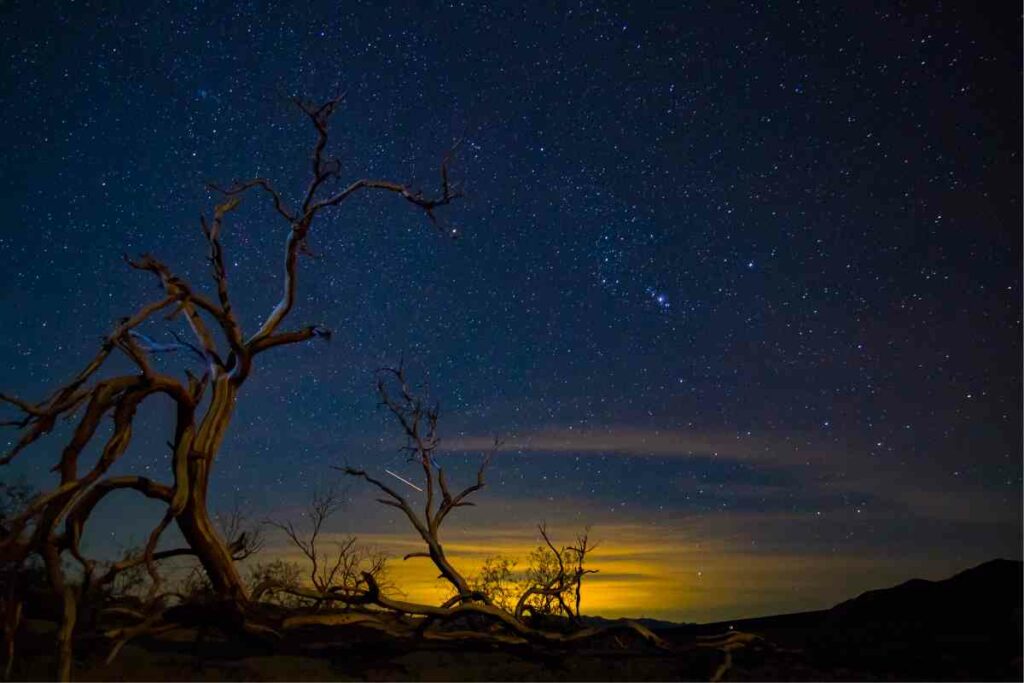
Exploring Death Valley at night is an unforgettable experience.
The desert in the dark offers a unique, eerie beauty that can’t be found anywhere else.
It’s no secret that Death Valley is one of the hottest places on earth during the day, but when night falls, and the temperatures drop, its environment transforms into something different entirely.
In Conclusion
Death Valley is a wonderful place to visit, and the best time to do so is in March and April. During these months, the temperatures are around 80° F.
The park offers a ton of outdoor activities, and with the correct planning, you will have a blast.
- When Is the Best Time to Visit Cancún?
- Best Time to Visit Oslo (Weather, Tourist Seasons & More)
- Best Time to Visit Darjeeling (Weather, Festivals & More)
- Best Time to Visit Azores for an Unforgettable Vacation
- When Is the Best Time to See Whales In Alaska?
- The Best Time to Visit Oregon for a Memorable Experience

